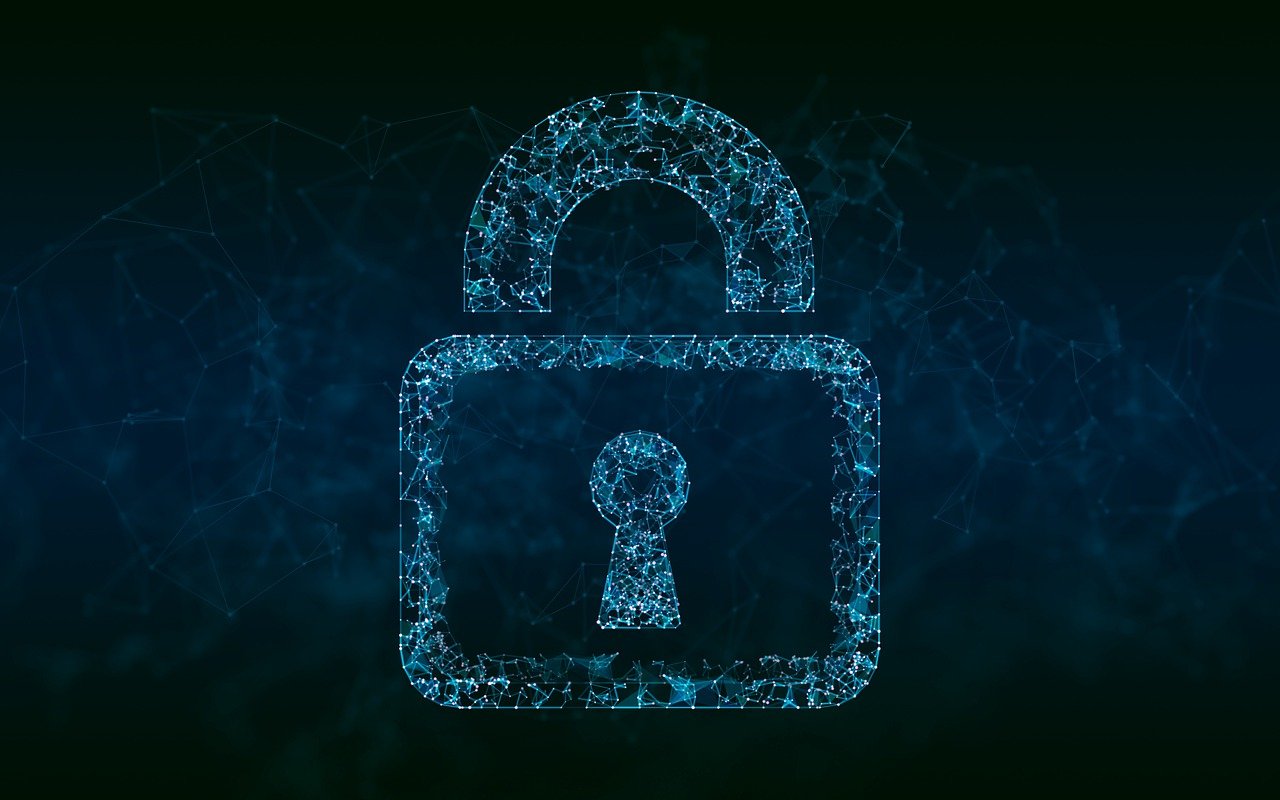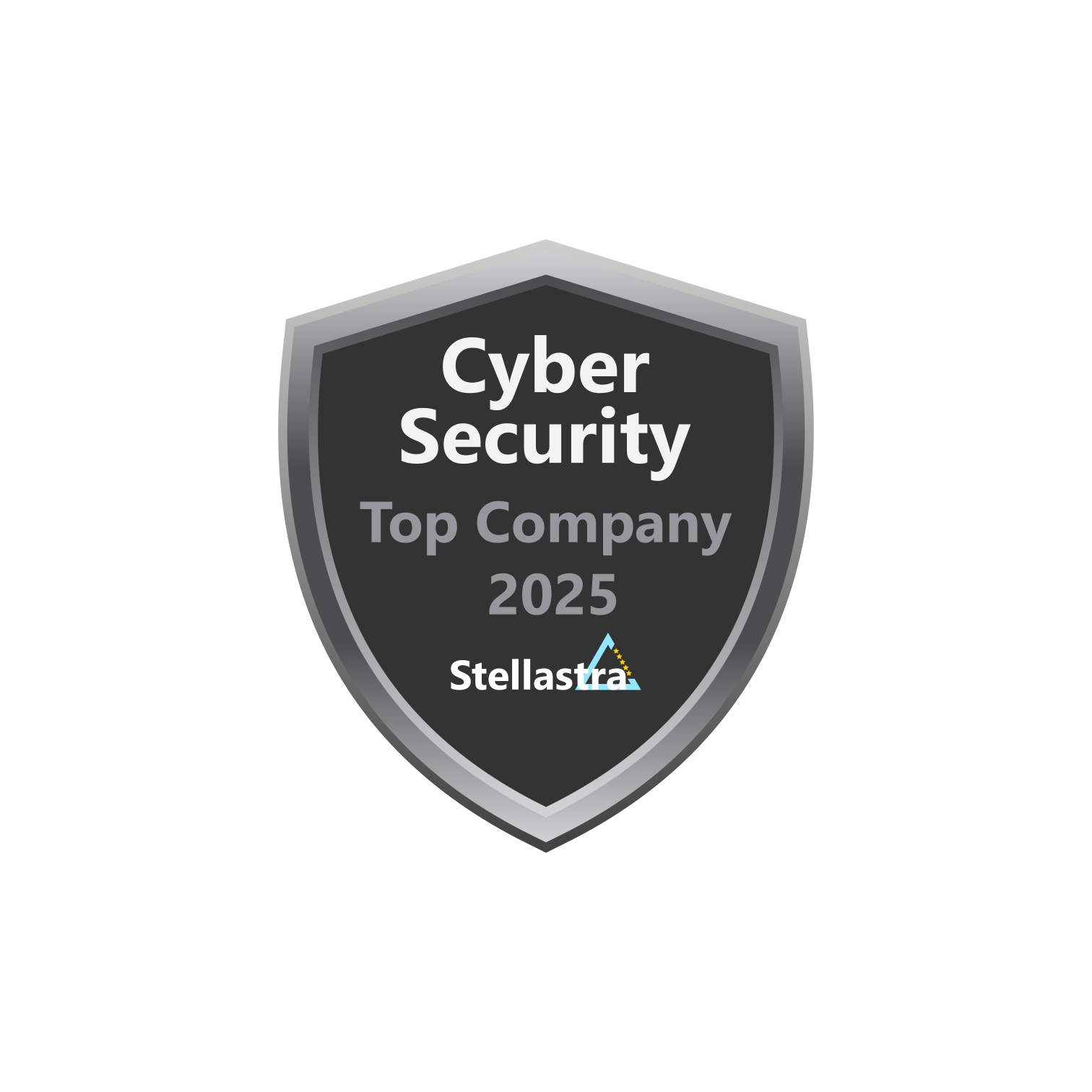· 4 min read
Data Tokenization vs Data Masking
Learn about the difference between data tokenization and data masking

Ensuring the protection of sensitive information is a critical task for organizations. Two popular methodologies used to protect such data are data tokenization and data masking. While both aim to safeguard data, they operate in different ways and have distinct advantages and limitations. This article explores specifics of data tokenization and masking, exploring their differences, use cases, and implementation challenges.
Understanding Data Tokenization
Data tokenization is a data security method that replaces sensitive data with non-sensitive tokens, which serve as stand-ins for the original information. These tokens typically have no intrinsic value and cannot be reversed back to the original data without a secure mapping stored separately.
How Tokenization Works
Data Collection: Initially, sensitive data such as credit card numbers, Social Security numbers, and other personal information are collected.
Token Generation: For each piece of sensitive data, a token is generated. This token is a random or pseudo-random string that imitates the original data’s format but doesn’t carry any real value or meaning.
Mapping and Storage: The relationship between the tokens and the original data is stored in a secure tokenization system. Only authorized systems can map the token back to the original data when necessary.
Advantages of Tokenization
- Security: Reduces the risk of data breaches as tokens are meaningless outside the tokenization system.
- Compliance: Helps organizations comply with regulations like PCI-DSS by minimizing the amount of sensitive data stored.
- Flexibility: Can be used across various data types and industries.
Disadvantages of Tokenization
- Complexity: Requires maintaining a token mapping system, which can be complex.
- Performance: Real-time tokenization can be resource-intensive.
Understanding Data Masking
Data masking is a method of obscuring specific data within a dataset to protect it from unauthorized access. Unlike tokenization, masked data retains its original structure and characteristics but is altered in such a way that it is no longer identifiable or usable for malicious purposes.
How Masking Works
Data Identification: Identify the sensitive data elements within a dataset that require protection.
Data Alteration: Alter the data using techniques like shuffling, encryption, or substitution to obscure the original information.
Deployment: Apply these changes to production, testing, and development environments as needed.
Advantages of Masking
- Non-Reversibility: Properly masked data cannot be reverse-engineered to obtain the original data.
- Versatility: Suitable for multiple environments, including testing and training.
- Simplicity: Can be easier to implement as it often does not require the maintenance of token databases.
Disadvantages of Masking
- Reduced Use for Analytics: Masking can hinder the utility of data for analysis unless carefully implemented.
- Maintenance: Needs continuous maintenance and updates as data structures change.
Differences Between Tokenization and Masking
While both tokenization and masking aim to protect sensitive data, they have several differences in their approach and application:
- Reversibility: Tokenization can be reversed if the token mapping is available, whereas masking permanently alters data without the capability to revert to the original.
- Use Cases: Tokenization is often used in financial services for credit card transactions, while masking is frequently used in testing and development environments where realistic data is necessary without the sensitivity.
- Data Utility: Masked data often retains more utility for analysis than tokenized data, which is completely random.
Use Cases and Applications
Tokenization Use Cases
- Payment Processing: Tokenization is widely used by payment processors to secure credit card transactions.
- Healthcare: Protects patient information while still allowing healthcare providers to use data for treatment and billing.
Masking Use Cases
- Software Testing: Developers can work with realistic datasets without compromising privacy.
- Data Analysis: Businesses can analyze trends and patterns without exposing personal details.
Implementation Challenges
Tokenization Challenges
- Integration: Requires integration with existing systems, which can be costly and time-consuming.
- Scalability: As data volumes grow, managing and retrieving tokenized data efficiently becomes challenging.
Masking Challenges
- Data Consistency: Ensuring data consistency and maintaining logical relationships after masking can be difficult.
- Tool Selection: Choosing the right masking tool that balances security and usability requires careful evaluation.
Conclusion
Data tokenization and masking serve as critical technologies for safeguarding sensitive information in today’s data-driven world. Each approach offers unique benefits and is suited to distinct scenarios. By understanding their differences and applications, organizations can better protect their data, comply with regulations, and ensure privacy. As data security becomes increasingly vital, adopting the right combination of tokenization and masking will be key to robust and resilient data protection strategies.

